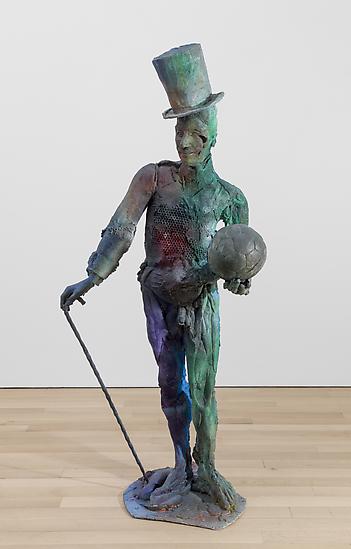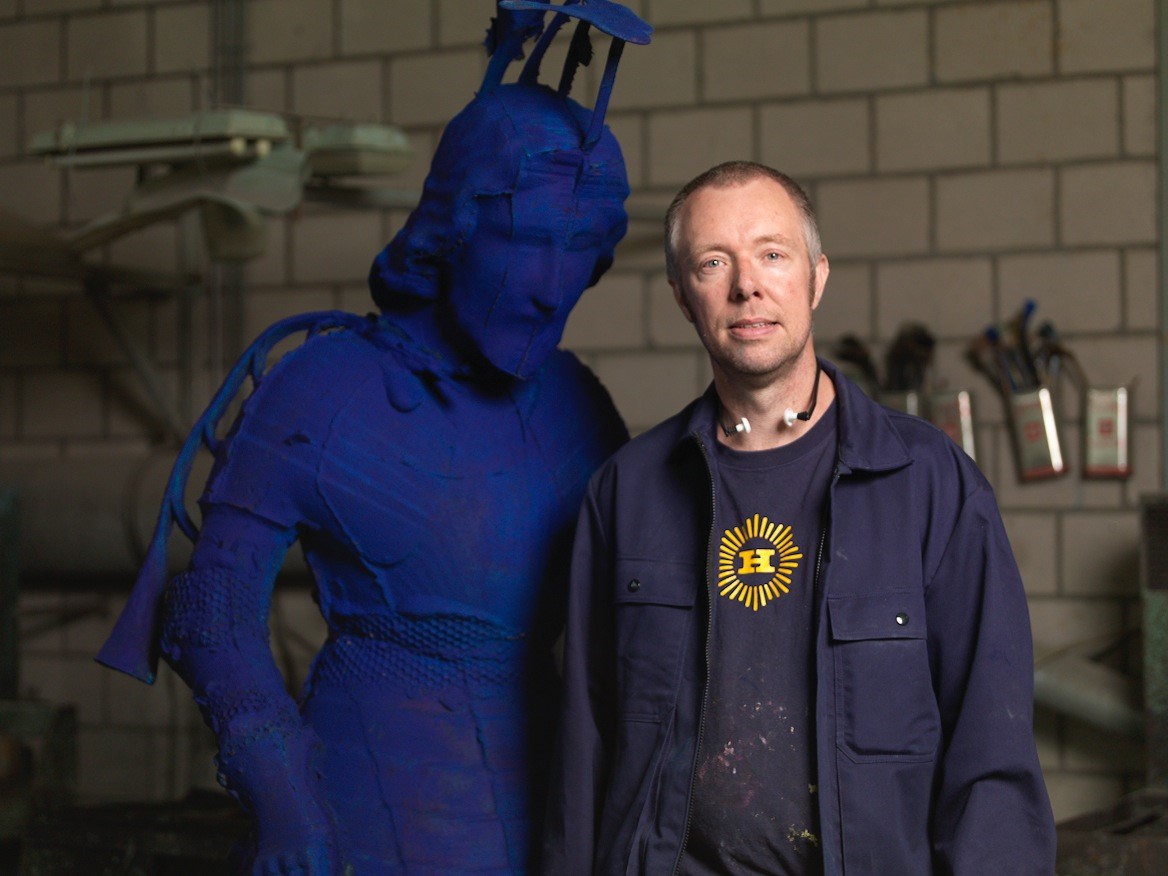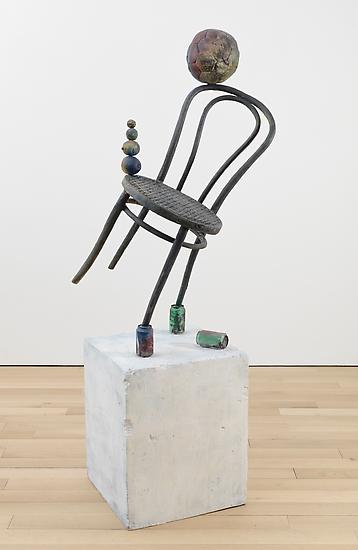Art & Exhibitions
artnet Asks: Folkert de Jong
His art is a 21st-century revival of James Ensor's strange caricatures.

His art is a 21st-century revival of James Ensor's strange caricatures.

Lorraine Rubio


Folkert de Jong
Photo courtesy of the artist and James Cohan Gallery.
Dutch artist Folkert de Jong is best known for strange and sinister sculptural works that address political and economic events and upheavals. Taking inspiration from James Ensor’s eccentric depictions of social and political scenes in Belgium in the late 19th century, de Jong’s sculptural works have a distinctive expressive power that utilize a combination of humor and macabre cynicism. He works in industrial Styrofoam, polyurethane insulation, and brass. De Jong studied at the Academy for Visual Arts and the Rijksakademie for Visual Arts in Amsterdam. His work has been featured in exhibitions internationally, including at the Picasso Museum in Barcelona and Institute Néerlandais in Paris.
When did you know you wanted to be an artist?
When I was 18 and studying to become a hospital nurse, I got really fascinated by the processes around me: medical science, the human drama, and the complexity of the human body and mind. Most of all, the vulnerability of a human body started to fascinate me more than the actual nurse profession and pulled me in the direction of making art.

Folkert de Jong, Old Sport (2013)
Patinated bronze, 77 3/8 x 38 3/8 x 33 1/8 in.
Photo courtesy of James Cohan Gallery.
What inspires you?
The state that we are in in this world and this time frame.

Folkert de Jong, Conference Act (2013)
Patinated bronze, 78 11/16 x 23 9/16 x 19 5/8 in.
Photo courtesy of James Cohan Gallery.
If you could own any work of modern or contemporary art, what would it be?
The Beanery by Edward Kienholz.

Folkert de Jong, The Balance: Trader’s Deal 7 (2010)
Styrofoam, pigmented polyurethane foam, 66 x 40 x 35 in.
Photo courtesy of James Cohan Gallery.
What are you working on at the moment?
I am working on the solo exhibition “Hominid Land” for the Evreux Museum in France, where I will show work based on the fascinating historical collection of this museum.
When not making art, what do you like to do?
I like to sit in a deck chair in my garden reading books and watching my children bouncing on the trampoline.